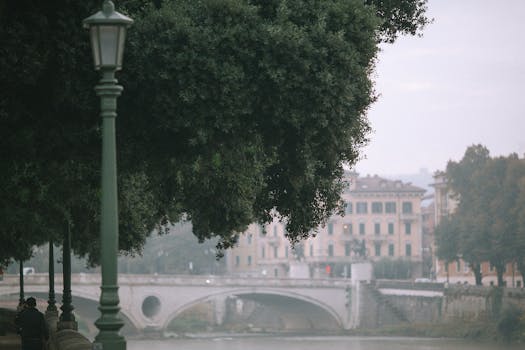
Urban Green Spaces: The Future of Outdoor Living in European Cities by 2025
Urban Green Spaces are becoming increasingly important in European cities, and for good reason. As the world becomes more urbanized, the need for green spaces has never been more pressing. By 2025, European cities are expected to be at the forefront of this movement, with a focus on creating sustainable, livable, and healthy environments for their citizens.
Introduction to Urban Green Spaces
Urban Green Spaces refer to any area of vegetation in an urban environment, including parks, gardens, green roofs, and green walls. These spaces provide a range of benefits, including improved air quality, reduced noise pollution, and enhanced biodiversity. They also offer a space for recreation, socialization, and relaxation, making them an essential component of urban planning.
The Benefits of Urban Green Spaces
The benefits of urban green spaces are numerous and well-documented. Some of the most significant advantages include:
- Improved mental health and wellbeing
- Reduced stress and anxiety
- Increased physical activity and exercise
- Improved air quality and reduced pollution
- Enhanced biodiversity and ecosystem services
European Cities Leading the Way
European cities are at the forefront of the urban green space movement. Cities such as Copenhagen, Stockholm, and Amsterdam are investing heavily in green infrastructure, with a focus on creating sustainable, livable, and healthy environments for their citizens.
Case Studies: Urban Green Spaces in European Cities
Several European cities are leading the way in urban green space design and implementation. Some notable examples include:
- The High Line in London: an elevated park built on an old rail line, providing a unique green space for residents and visitors.
- The Superkilen park in Copenhagen: a vibrant and diverse park that celebrates the city’s cultural diversity.
- The Westerpark in Amsterdam: a large urban park that provides a range of recreational activities, including cycling, walking, and picnicking.
Challenges and Opportunities
While urban green spaces offer many benefits, there are also challenges to be addressed. Some of the most significant obstacles include:
- Availability of space: finding suitable locations for urban green spaces can be difficult, particularly in densely populated cities.
- Funding: creating and maintaining urban green spaces requires significant investment, which can be a challenge for cities with limited budgets.
- Community engagement: ensuring that urban green spaces are used and valued by local communities is crucial to their success.
Conclusion
Urban Green Spaces are a critical component of sustainable, livable, and healthy cities. By 2025, European cities are expected to be at the forefront of this movement, with a focus on creating innovative, inclusive, and resilient green spaces. As the world becomes increasingly urbanized, the importance of urban green spaces will only continue to grow, providing a range of benefits for both people and the planet.
Recommendations for Cities
To create successful urban green spaces, cities should consider the following recommendations:
- Conduct thorough community engagement and participation processes to ensure that urban green spaces meet the needs of local residents.
- Invest in innovative and sustainable design solutions, such as green roofs and green walls, to maximize the use of available space.
- Develop comprehensive maintenance and management plans to ensure that urban green spaces remain safe, accessible, and well-maintained.
Future Directions
As the urban green space movement continues to evolve, there are several future directions that cities should consider:
- Integrating urban green spaces with other urban infrastructure, such as transportation and energy systems, to create more sustainable and resilient cities.
- Using technology and data analytics to optimize the design, management, and maintenance of urban green spaces.
- Creating innovative and inclusive urban green spaces that reflect the diverse needs and cultures of urban communities.


